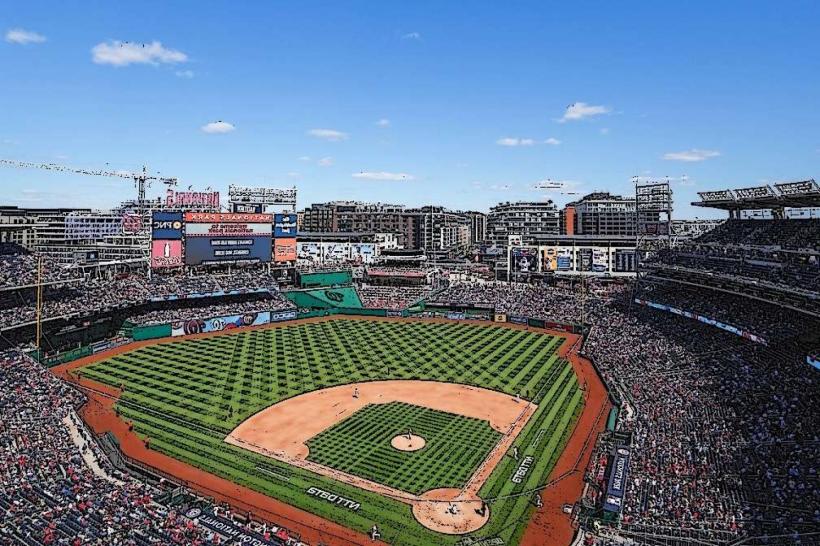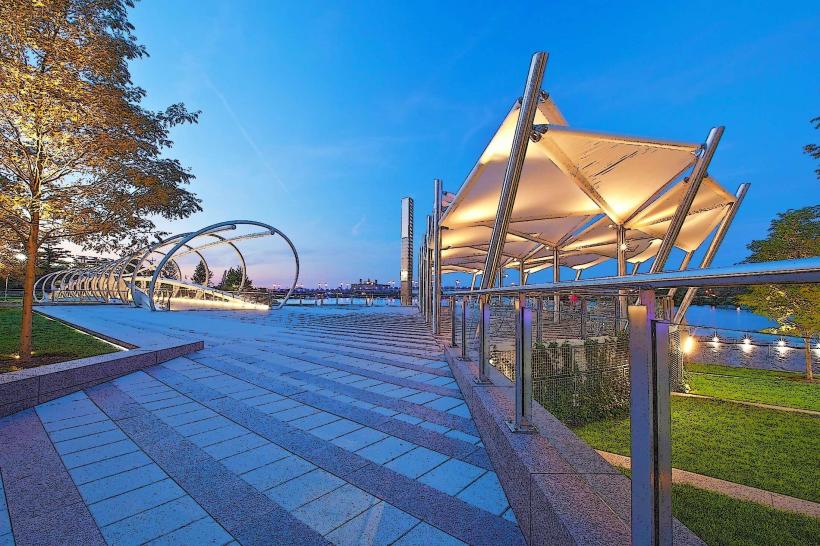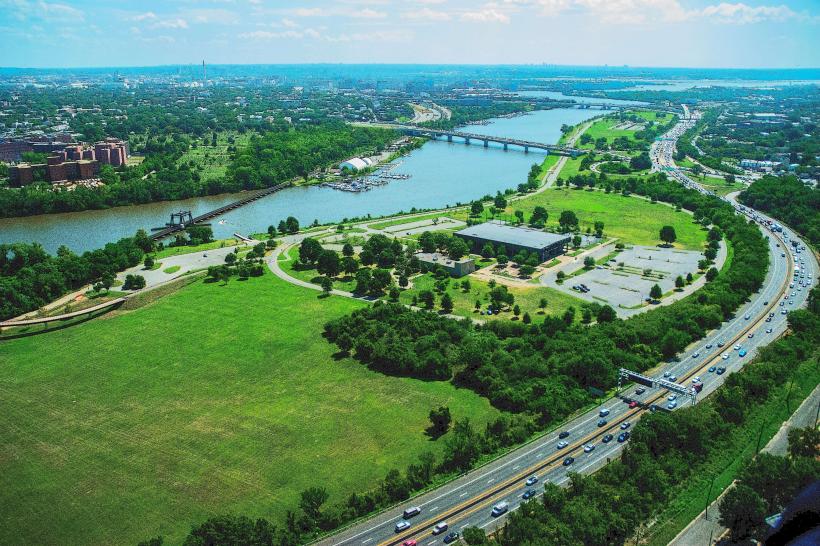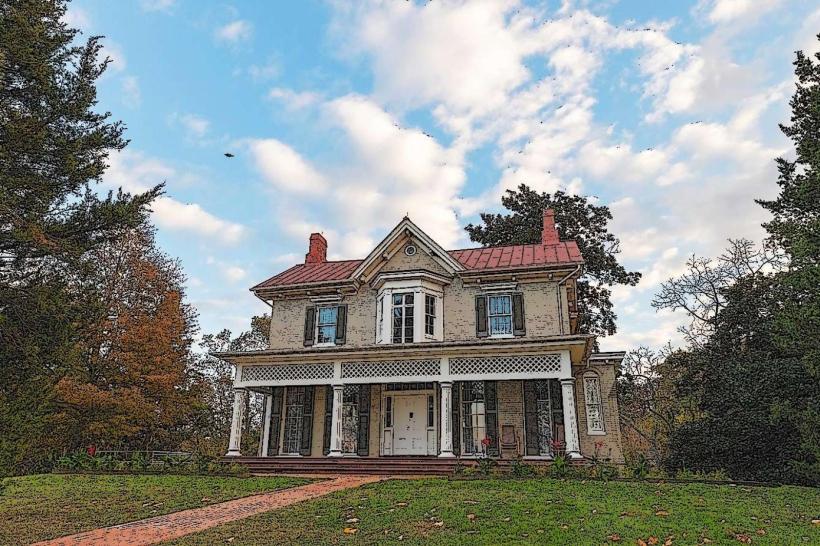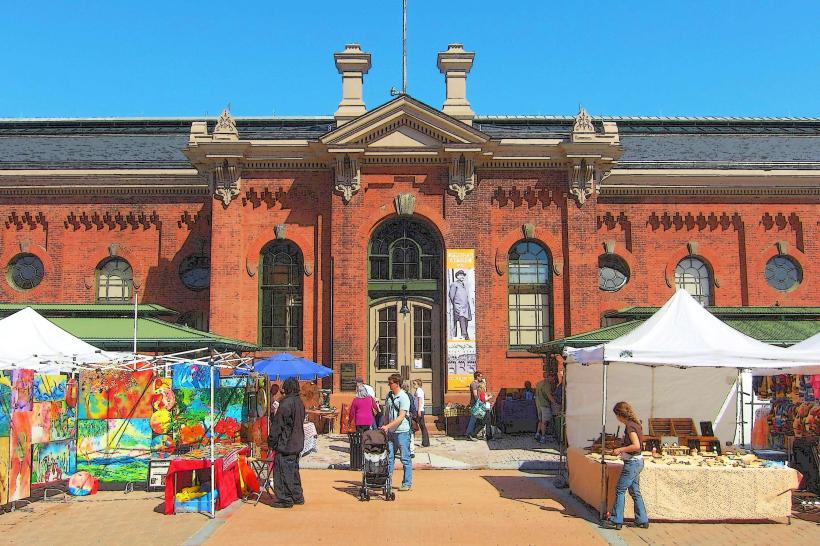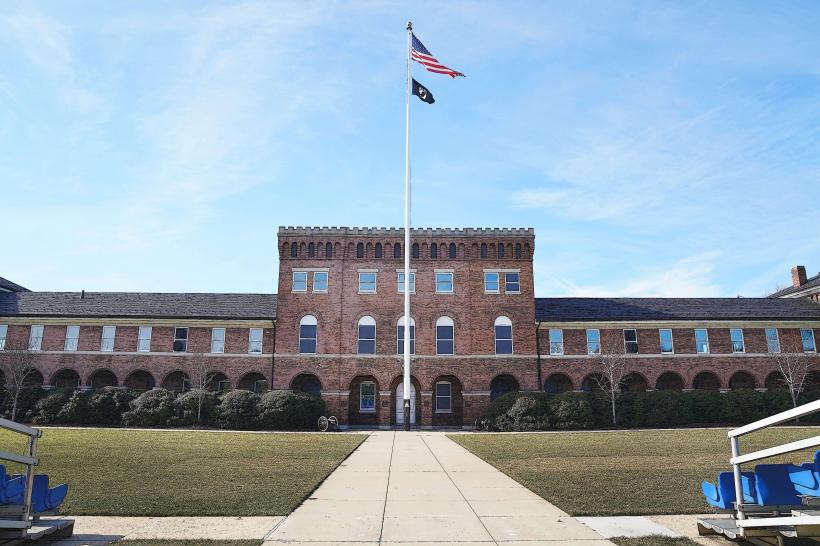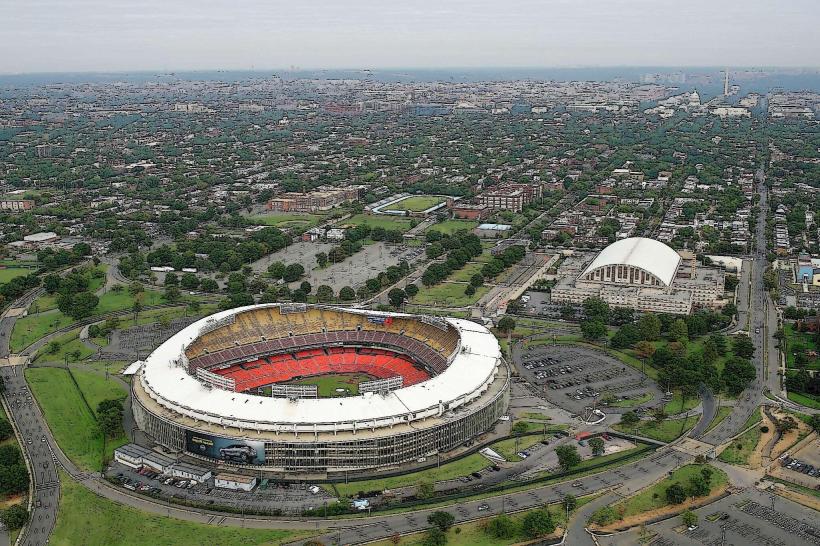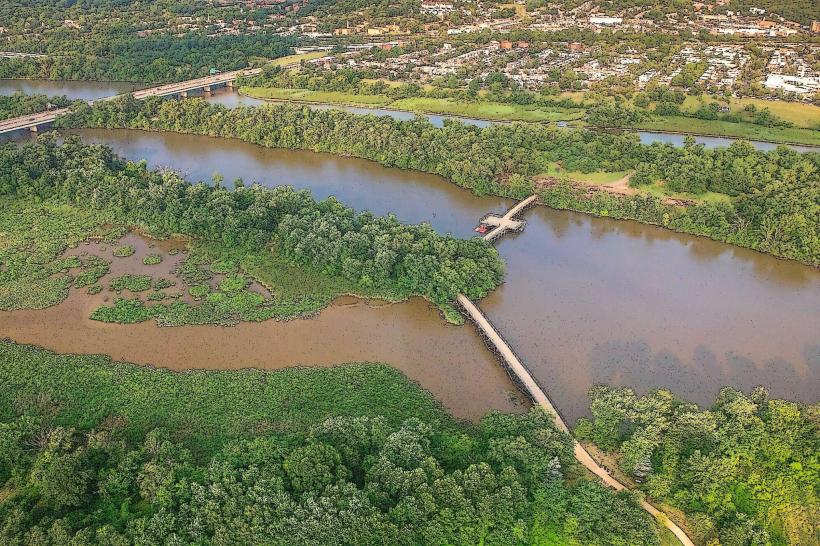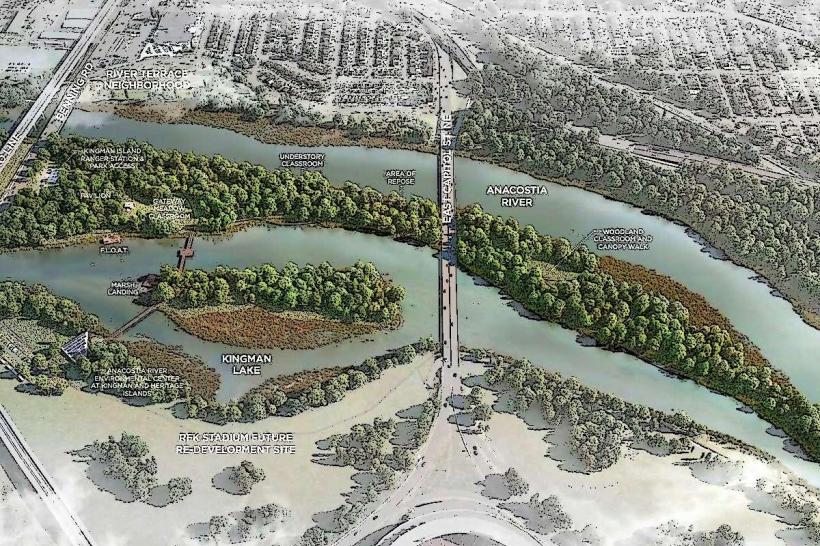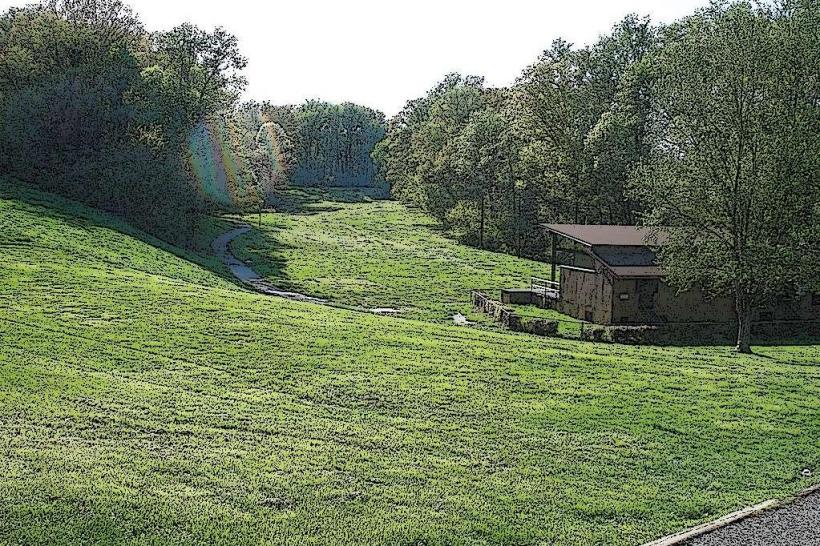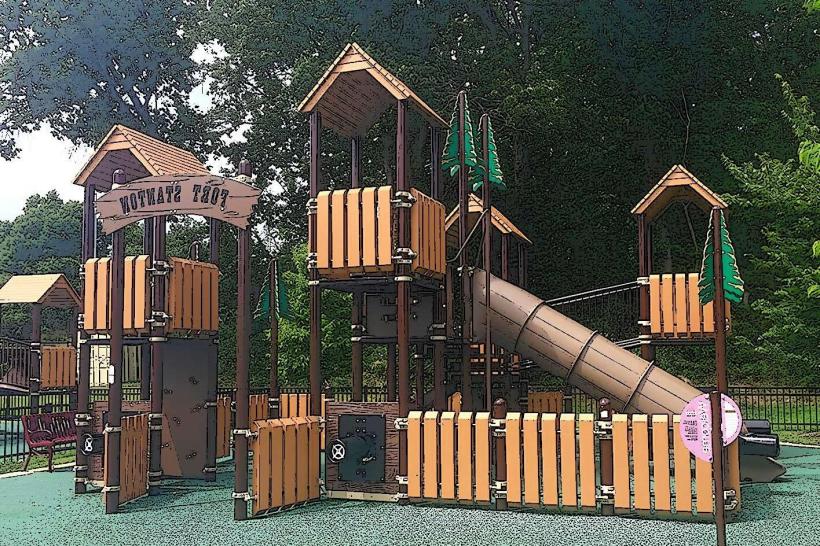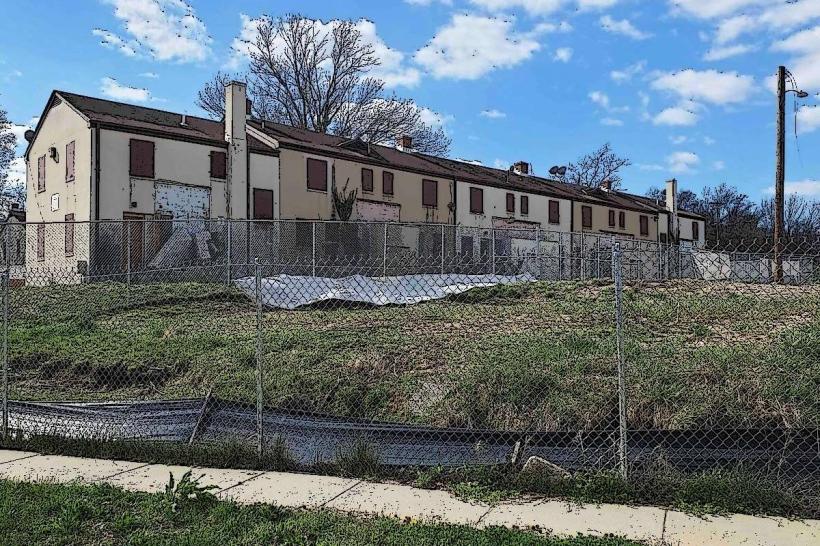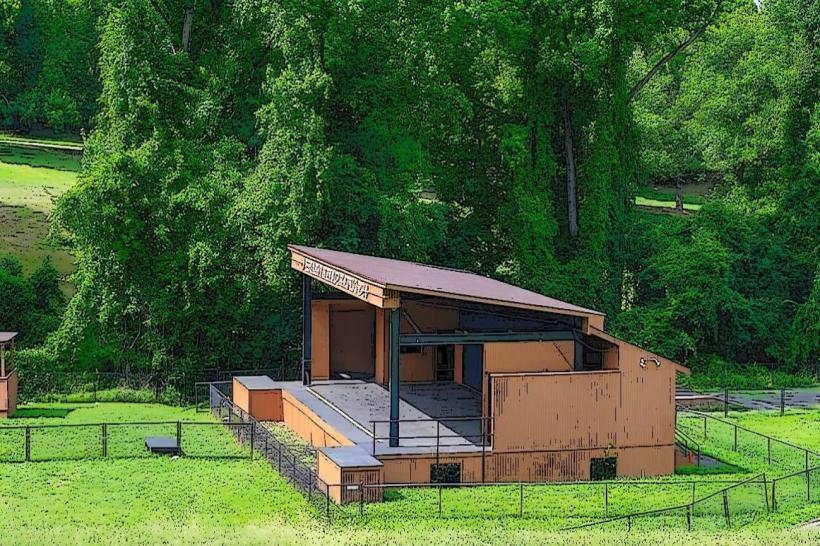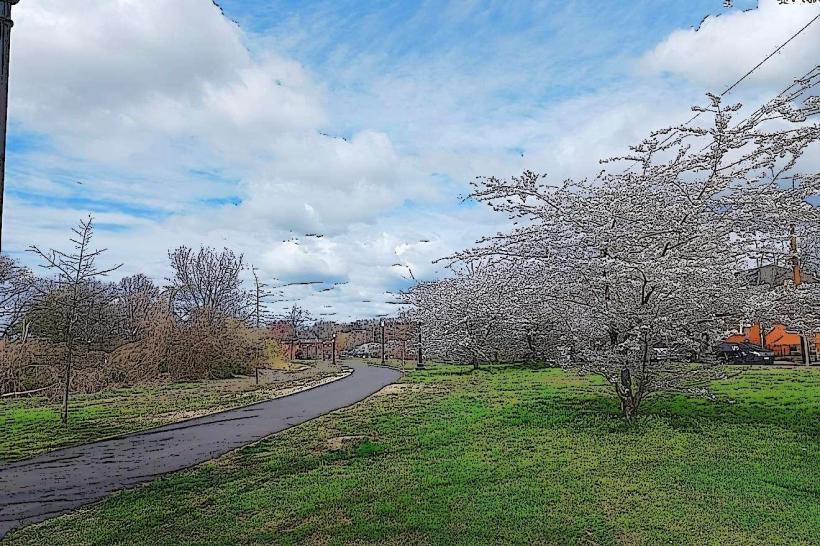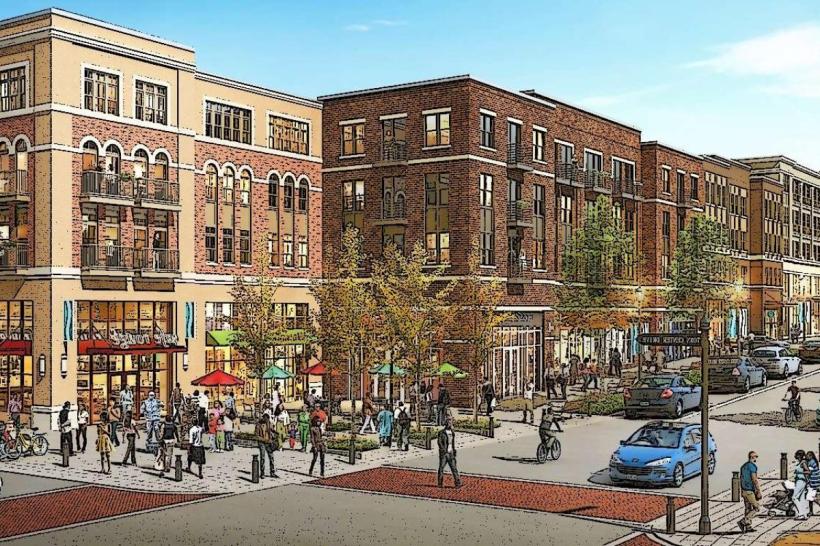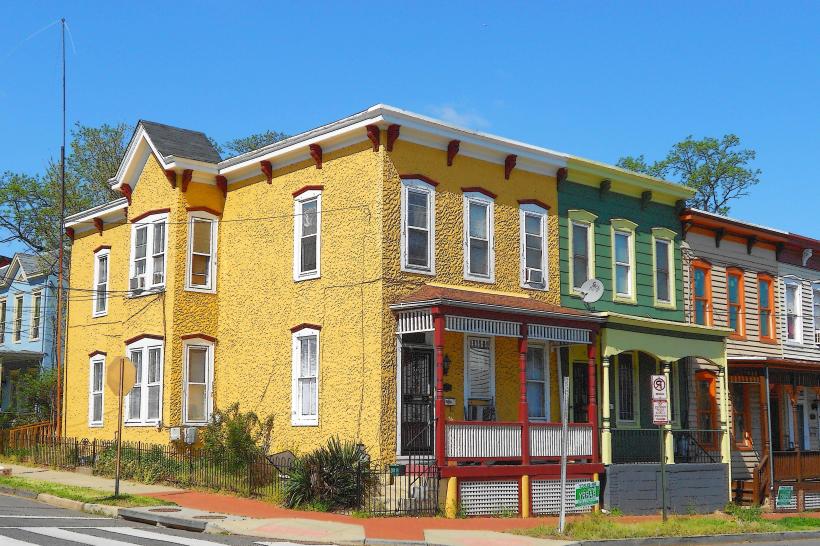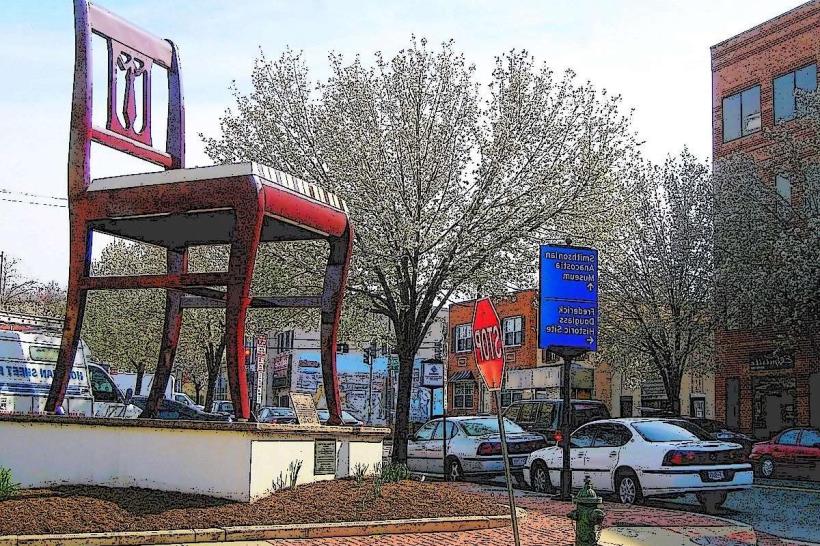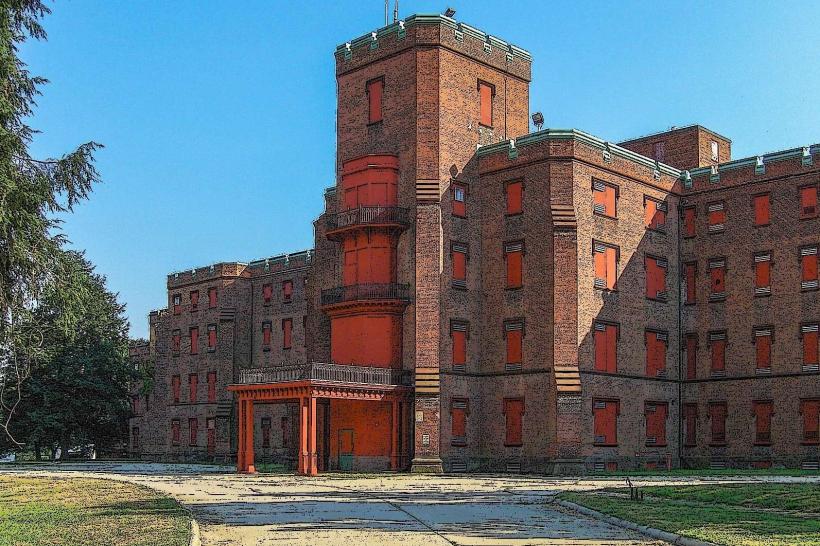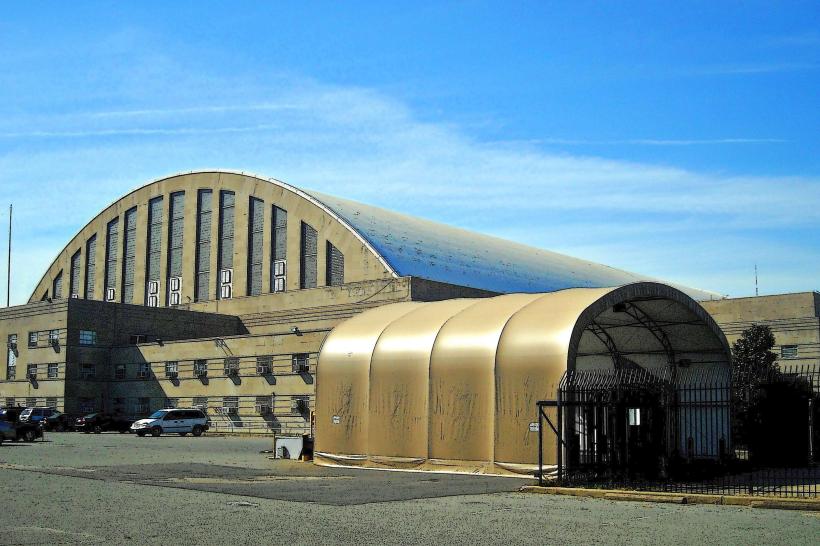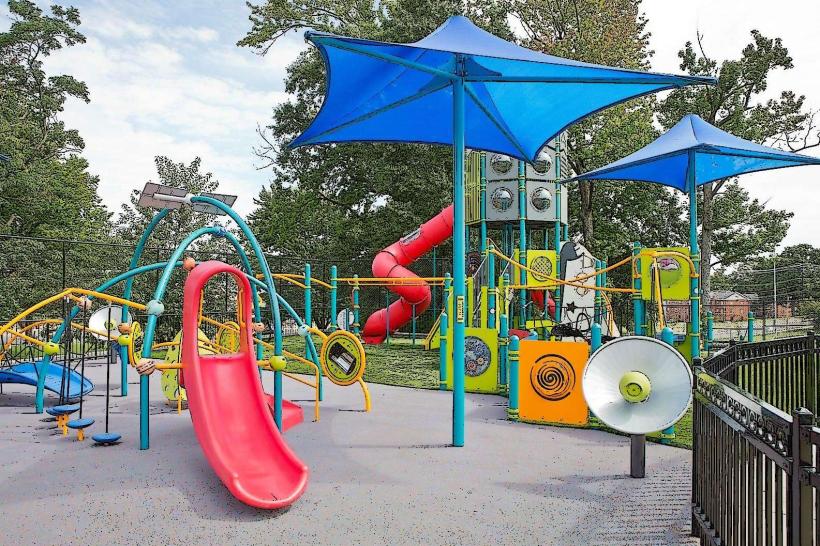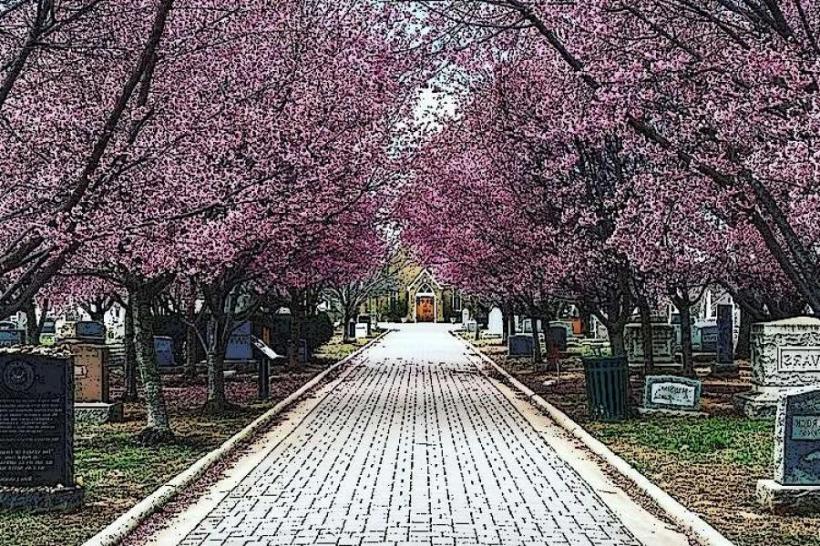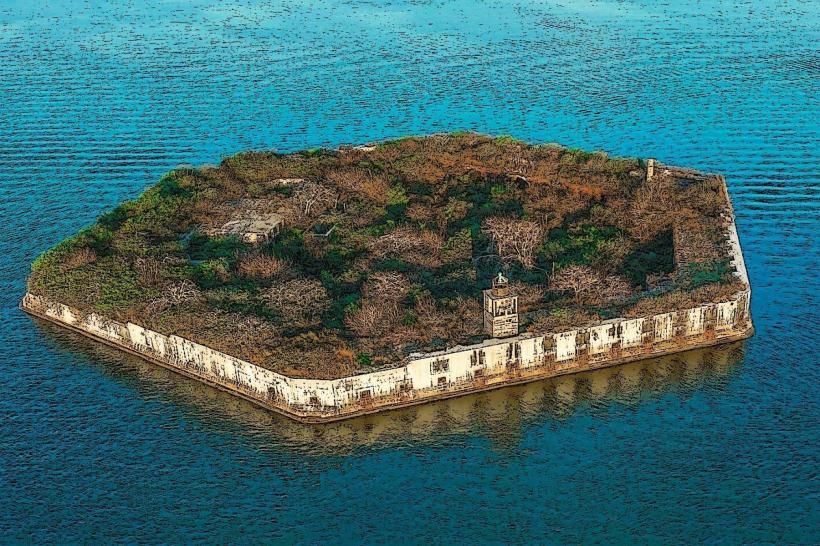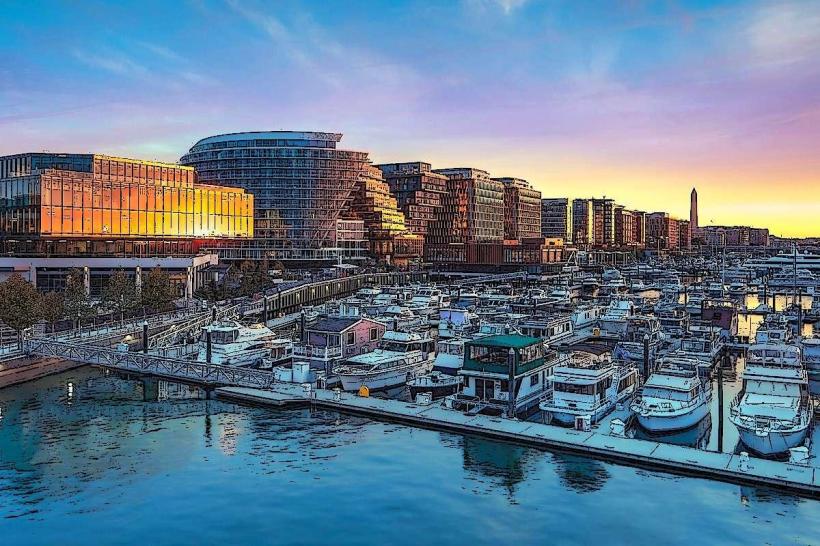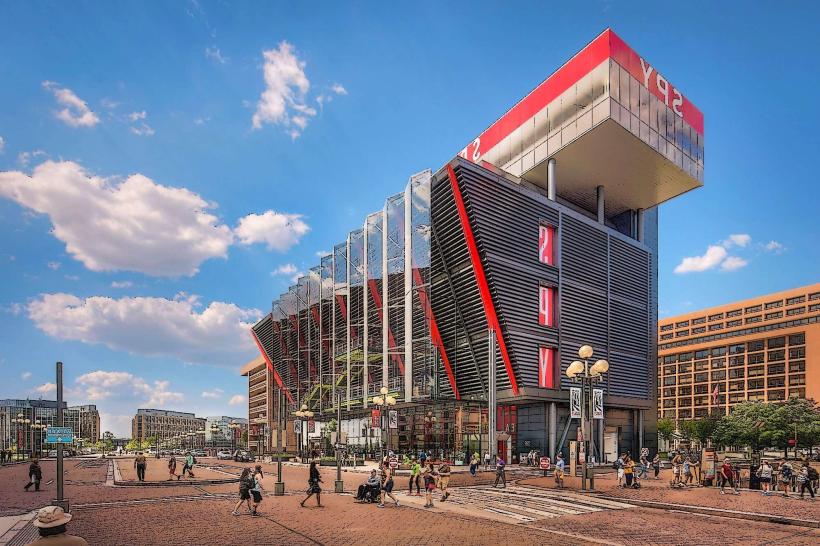Information
Landmark: Anacostia Community Museum (ACM)City: Southeast Washington
Country: USA Washington DC
Continent: North America
Anacostia Community Museum (ACM), Southeast Washington, USA Washington DC, North America
Overview
The Anacostia Community Museum, part of the Smithsonian, dives into the histories, cultures, and everyday lives of urban neighborhoods, with a special focus on African American communities-stories as vivid as a mural on a brick wall, while in Southeast Washington’s Historic Anacostia neighborhood, the museum stands as the nation’s first federally funded community museum, created to connect the Smithsonian’s National Mall institutions with underserved neighborhoods-closing the distance one story, one exhibit at a time.Back in 1967, the Anacostia Neighborhood Museum-now ACM-opened its doors in the middle of a turbulent era of social change and civil rights protests, embodying the Smithsonian’s push to bring cultural resources to every American, especially to communities in crowded city blocks and underserved neighborhoods, as well as the museum was created to inspire Anacostia residents and neighbors-many with little access to vast cultural venues-to explore their own history, feel the weight of their heritage, and spark conversations about today’s social challenges.By 1970, the museum had come under the Smithsonian’s wing as a fully federally funded institution, giving it deeper pockets and a wider audience, likewise they chose Anacostia for a reason-to speak directly to the needs and interests of the local African American community, long left out of the nation’s story, from its bustling streets to its quiet front porches.As it turns out, The Anacostia Community Museum works to shine a light on the strength and resilience of communities, capturing their stories, cultures, and hard-fought struggles-like a mural that tells decades of shared history, in conjunction with it zeroes in on the day-to-day lives of people in the city, tackling issues like social justice, racial equity, housing, economic opportunity, environmental challenges, and the threads of cultural identity that run through a neighborhood’s streets.Somehow, ACM grows out of the African American community in Anacostia, yet its reach stretches across the country and beyond, tracing how urban skylines and the movement of people reshape the fabric of everyday life, what’s more the museum gives underrepresented voices a spot to be heard, working with community members, scholars, artists, and activists to create exhibitions and programs rooted in real, lived stories-like a photo series capturing laughter in a crowded neighborhood kitchen.Just so you know, At ACM, you’ll find a changing lineup of exhibitions and programs that tackle pressing social and cultural issues shaping city life, from housing struggles to street art, as a result these exhibitions aim to spark understanding and conversation, often weaving in today’s struggles alongside echoes of the past, like the faded print of an classical protest poster.The museum’s standout exhibition, “We Shall Not Be Moved: The Destruction of Barry Farm, Anacostia’s Historic Black Community,” traces the story of Barry Farm-Hillsdale-a Black neighborhood born after the Civil War when newly freed families, with help from the Freedmen’s Bureau, built homes where the scent of fresh-cut timber filled the air, to boot the exhibit delves into the community’s rich past, tracing residents’ fights for civil rights, fair housing, and essential services, and shows how urban renewal policies-bulldozers rumbling down Main Street-set demolition in motion in 2019.This exhibit shows ACM’s dedication to preserving the stories of communities living through displacement and systemic hardships, from faded family photos to voices recorded in crowded kitchens, also other exhibitions have delved into topics ranging from the influence of African American artists to the struggles of urban schools, the fight for environmental justice, the impact of gentrification, and the energy of cultural activism, sometimes captured in the smell of fresh paint on protest signs.The museum often weaves together film clips, voices from oral histories, colorful community art, and worn archival papers to create experiences that draw you in and teach you something novel, on top of that the museum houses a vibrant mix of artifacts-worn protest banners, hand-painted signs, and everyday objects-that capture the social, cultural, and political life of urban communities.You’ll find folk art, hand-stitched quilts, faded photographs, political banners, crackling audio recordings, and papers that preserve the texture of daily life, the energy of protests, and the grit of community resilience, likewise for fifty years, ACM has gathered the community’s story-oral histories told in warm voices, photographs that catch the light on familiar faces, and detailed records of local events and museum programs.Researchers, educators, and community members alike treasure this archival material-it opens vivid windows into the stories of African American urban life, migration, and activism, from bustling city streets to voices raised in protest, in addition a large part of the collection has been digitized, so anyone can browse it online-scholars, students, or the curious kid scrolling through historic maps.ACM puts community and learning at the heart of what it does, hosting lively programs, hands‑on workshops, thought‑provoking lectures, and colorful cultural events that draw in locals and visitors alike, besides these programs dive into social justice, explore African American history, inspect at urban planning, and celebrate the arts-from bold murals to quiet street sculptures, mildly The museum works closely with local schools, universities, and community groups, creating hands-on learning experiences that draw young people in and spark their curiosity, alternatively by working with local partners, it aims to spark pride and a strong sense of identity in the communities it serves, while also shining a light on wider social issues-like the quiet struggles that often go unnoticed.Curiously, You’ll find the Anacostia Community Museum at 1901 Fort location SE in Washington, D, consequently c.’s Anacostia neighborhood, just a short bus ride from downtown.You can reach the museum by taking the Green Line to Anacostia Metro Station, then hopping on one of several Metrobus routes, some of which stop just steps from the front door, simultaneously you can park for free on-site, and in the summer a shuttle runs to the National Mall-its doors wheezing open in the heat as visitors climb aboard.We’re open every day from 10 a.m, furthermore to 5 p.m.-the only time you’ll find the doors locked is on December 25.You can stroll in for free, a choice that shows the museum’s dedication to keeping its doors open to everyone, as a result the museum offers luminous galleries for exhibitions, a gift shop stocked with locally inspired pieces, classrooms for learning, and welcoming spaces where the community can meet and host events.The Anacostia Community Museum plays a vital part in keeping alive-and giving a stronger voice to-the stories of communities too often left out of the mainstream, like the scent of fresh bread in a neighborhood bakery that tells its own history, at the same time it dives into the crossroads of culture, history, and social issues in urban America, giving visitors a layered glance at the struggles and victories of African American and other city communities-like the sound of jazz carrying through a crowded street.By championing community-based research and inclusive storytelling, the museum has become a vital part of the city’s cultural fabric-offering a clear window into modern urban life and the daily fight for justice and equality, in conjunction with in short, the Anacostia Community Museum leads the way in connecting with, teaching, and inspiring urban communities through exhibitions, archives, and programs grounded in real-life stories-like a mural painted by local hands.By highlighting African American history, the strength of community, and pressing social issues, it deepens the Smithsonian’s mission and offers a much-needed space to pause and reflect-like standing before a worn photograph that still speaks volumes.
Author: Tourist Landmarks
Date: 2025-10-05

